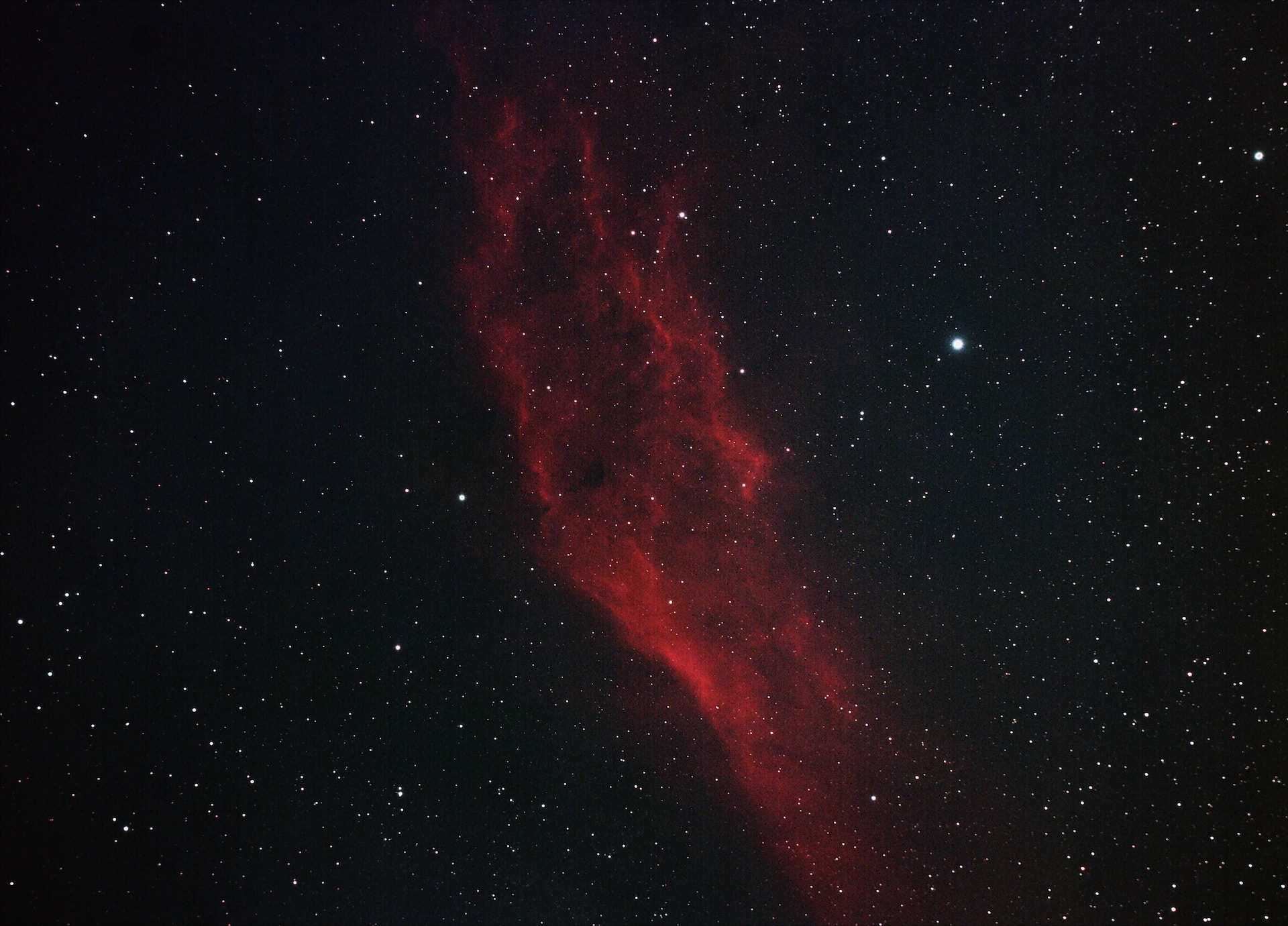Contracts were doled out this week for Tranche 2 of the US Space Development Agency’s Proliferated Warfighter Space Architecture (PWSA). Expansion of this military communication network, a satellite constellation known as the Transport Layer, will begin with the construction of 72 beta satellites by Lockheed Martin and Northrop Grumman. Hundreds more satellites will be built, not only for the Tranche 2 Transport Layer, but for the Tracking Layer as well, which will eventually provide global indications, warning and tracking of conventional and advanced missile threats.
Tranche 0 of the PWSA, which will establish the feasibility of the proliferated architecture, initiated deployment earlier this year. 10 satellites were launched into orbit last April, with the rest scheduled by year-end. Tranche 1 and Tranche 2 will follow between 2024-2026. The PWSA and other US government interests in space has spurred a rush to acquire satellite assets among major defense contractors like L3 Harris and BAE Systems.
Related ETFs & Stocks: SPDR S&P Aerospace & Defense ETF (XAR), Procure Space ETF (UFO), Lockheed Martin Corporation (LMT), L3Harris Technologies, Inc. (LHX), Northrop Grumman Corporation (NOC), BAE Systems plc (BAESY)
Early this week, the Pentagon’s Space Development Agency (SDA) awarded $1.5 billion in contracts to Lockheed Martin and Northrop Grumman for the development of 72 prototype satellites (36 will be built by each company), meant to provide encrypted US military communications through a fleet of hundreds of satellites. The satellites will be the beta variant of its Tranche 2 Transport Layer constellation, with launches set for 2026. SpaceNews reports that the SDA plans to acquire an additional 100 “alpha” satellites for this tranche of the constellation.
The SDA’s first operationally capable set of low Earth orbit (LEO) satellites will form Tranche 1 of its Proliferated Warfighter Space Architecture (PWSA). This satellite network will contain two separate constellations, the Transport and Tracking layers, with multiple tranches that each serve different purposes.
The Transport layer is concerned with the exchange of data and information between the satellites via lasers transmitting at light speed. By using a very narrow laser beam, communications become much more difficult to intercept than traditional radio transmission. Tranche 1 of this layer will consist of 126 optically-interconnected space vehicles, with contracts worth $1.8 billion issues to…
To read the complete Intelligence Briefing, current All-Access clients, SIGN IN All-Access clients receive the full-spectrum of MRP’s research, including daily investment insights and unlimited use of our online research archive. For a free trial of MRP’s All-Access membership, or to save 50% on your first year by signing up now, CLICK HERE










